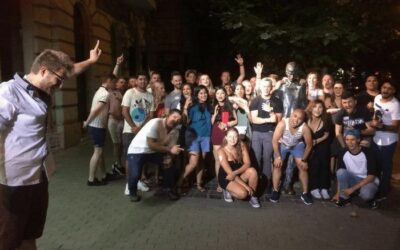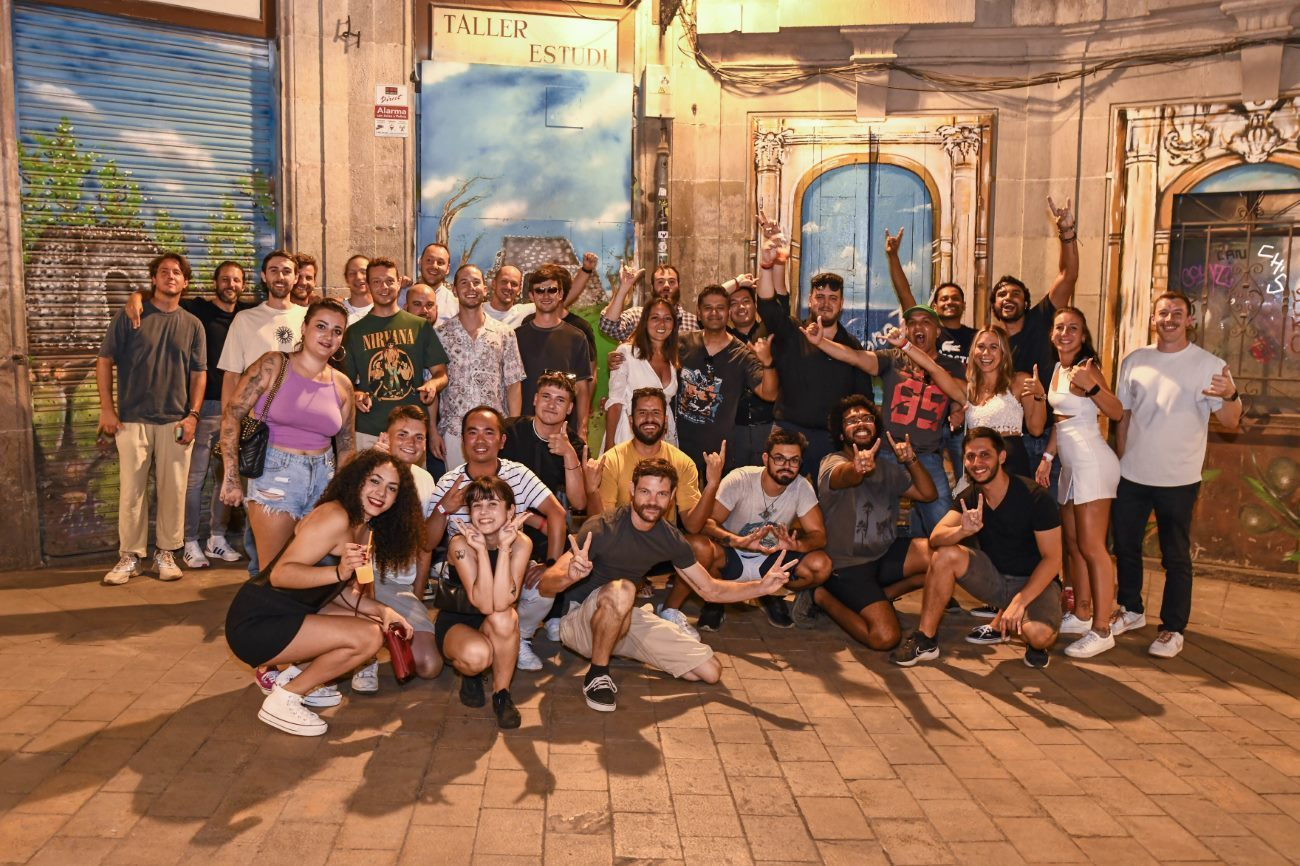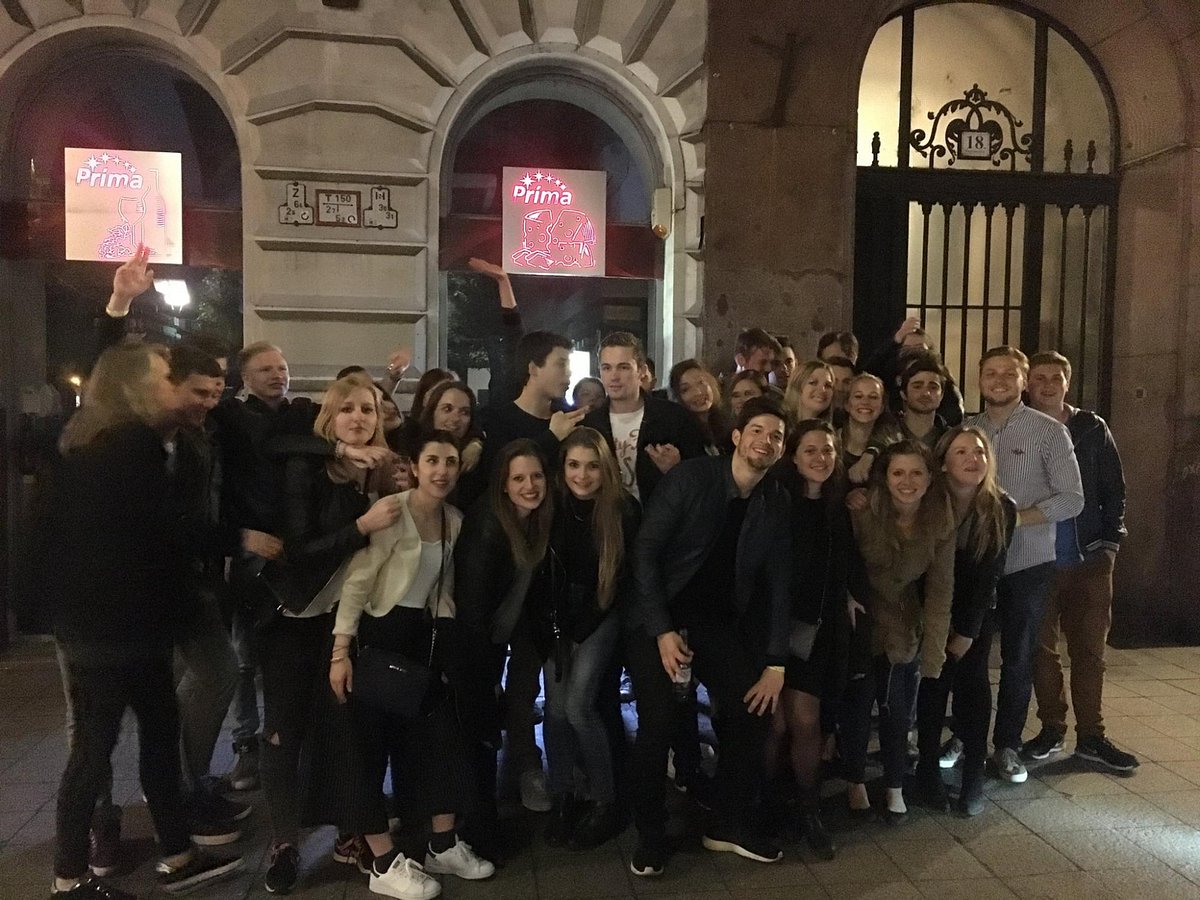The Red Light District in Amsterdam is one of the most famous and controversial tourist attractions in the world. Known for its legalized prostitution and vibrant nightlife, it draws millions of visitors each year. But have you ever wondered how old this district is and how it has evolved over time? In this blog post, we will explore the history and age of the Red Light District in Amsterdam.
The Origins of the Red Light District
The Red Light District, locally known as “De Wallen,” dates back several centuries. Its origins can be traced all the way back to the 14th century when Amsterdam was a flourishing port city. At that time, sailors and traders from different parts of the world visited the city, creating a demand for entertainment and companionship.
Initially, prostitution in Amsterdam was scattered throughout the city. However, as the demand grew, authorities decided to centralize the sex industry in one area. This decision led to the establishment of the Red Light District in the heart of Amsterdam.
The Evolution of the Red Light District
Over the years, the Red Light District has experienced significant changes and has adapted to the evolving societal and legal landscape. Here are some key milestones:
17th and 18th Centuries:
During the Golden Age of Amsterdam, the Red Light District thrived. It became a popular destination for sailors and travelers, and brothels became more prominent. In this period, the district began to take its current shape.
19th Century:
In the 19th century, the Red Light District faced various challenges. Following the Napoleonic Wars, the Dutch government implemented stricter regulations to control the spread of sexually transmitted diseases (STDs). Public health concerns led to more oversight and medical examinations for the prostitutes.
20th Century:
The 20th century brought additional changes to the Red Light District. In the early 1900s, brothels were officially legalized. However, as society became more conservative over time, public opinion started to shift against the district, and discussions regarding its future began.
In recent decades, the government has been striving to balance the district’s existence as a tourist attraction while addressing concerns surrounding illegal activities and human trafficking. The Red Light District has undergone renovations and regulations to promote safety and improve the overall experience for visitors and those working in the industry.
The Age of the Red Light District Today
So, how old is the Red Light District today? While the district’s origins can be traced back to the 14th century, its current form and regulations evolved over several centuries. It has continued to adapt to societal changes while remaining an iconic symbol of Amsterdam.
Visiting the Red Light District can be an eye-opening experience, but it’s essential to approach it with respect and an understanding of its history. The district may have a reputation for its provocative nature, but it also has a rich and complex story that reflects the shifting dynamics of a vibrant city.
Conclusion
The Red Light District in Amsterdam is not only a tourist attraction but also an integral part of the city’s history and culture. Understanding its origins and evolution provides us with a glimpse into the complex dynamics that have shaped Amsterdam over the centuries. Visit with an open mind and be prepared to appreciate the district’s historical significance alongside its notorious reputation.
So, the next time you find yourself in Amsterdam, take the opportunity to explore the Red Light District and embrace its rich and fascinating heritage.





